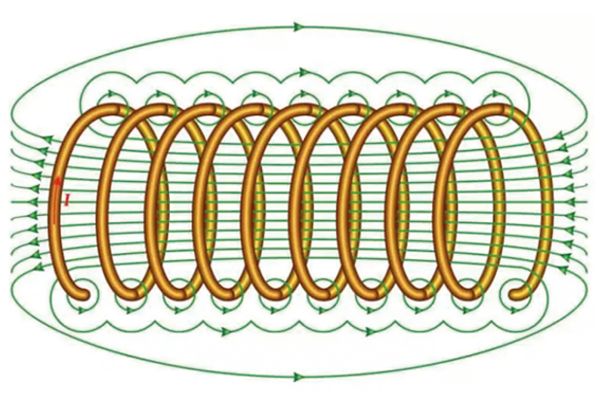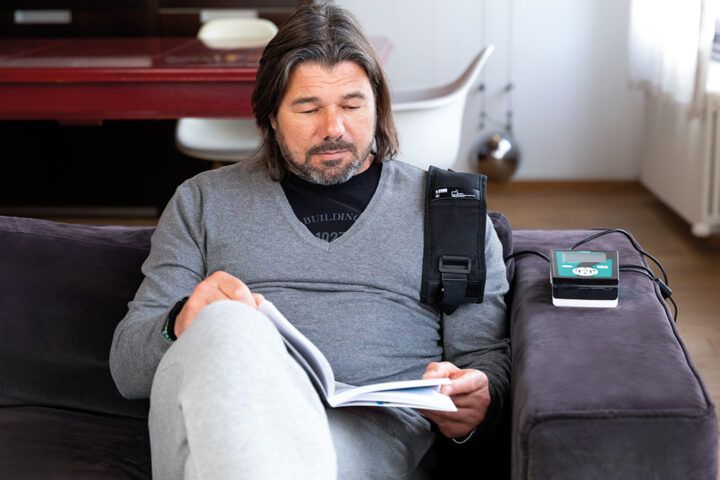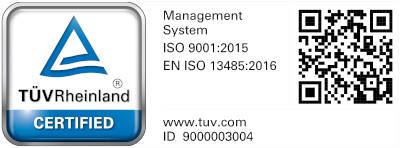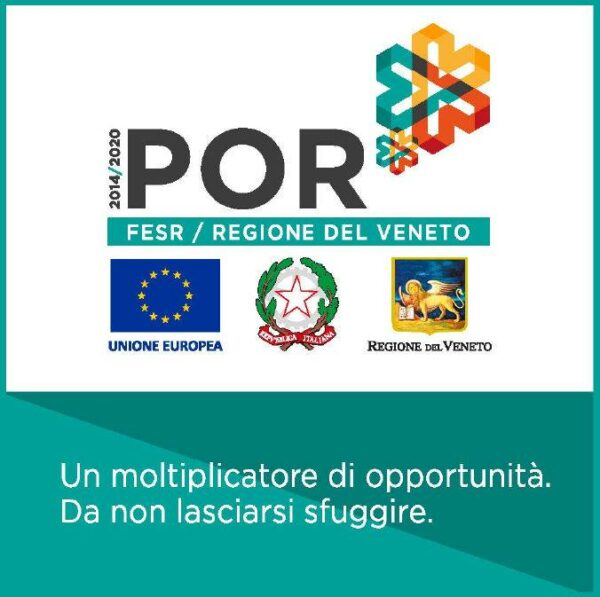There is still too much confusion around about what magnetotherapy is and how it works. In this article, we will help you better understand this therapeutic technique, and, in particular, what exactly PEMF therapy consists of.
There are two main kinds of magnetotherapy: static, and pulsed.
In the following paragraphs, we will focus only on pulsed electromagnetic field (PEMF) therapy, because this kind of magnetotherapy has a wide range of applications in treating various pathologies affecting the musculoskeletal system and more. Indeed, magnetotherapy with pulsed rather than static electromagnetic fields has seen much more interest in the scientific literature, with numerous clinical studies demonstrating its therapeutic benefits.
Pulsed electromagnetic fields: what are they?
The acronym PEMF is an abbreviation of PULSED ELECTROMAGNETIC FIELDS. But what exactly are they?
An electromagnetic field is generated by an electric current flowing through one or more copper or aluminium wire coils, called solenoids, or around a radiant circuit. The device that generates the electric current regulates the intensity and frequency of the magnetic field it gives off.
In the case of low-frequency, high-intensity PEMF therapy, which makes use of solenoids, the frequency and intensity are respectively measured in hertz (Hz) and gauss (G).
Instead, in the case of high-frequency, low-intensity PEMF therapy, which uses radiant circuits, or antennas, the frequency, measured in megahertz (MHz), can vary from around 18 MHz up to as much as 900 MHz, while the intensity is very low and is usually measured in milliwatts (mW).
In both cases, the electromagnetic field is emitted at precise intervals and with a preset depth and frequency.

Clinical studies in this field have shown that such electromagnetic fields are able to regenerate a biomagnetic field at the cellular level, favouring the intra- and extra-cellular exchange of nutrients and waste.
This biological mechanism makes PEMF therapy the perfect ally in relieving pain and inflammation in bones, muscles and joints.
Furthermore, it has been shown that this therapy offers multiple benefits to people suffering from musculoskeletal pathologies such as:
- osteoporosis
- arthritis
- arthrosis (osteoarthritis)
- fractures
- inflammations
- chronic pain
- lumbago (lower back pain) and sciatica
- and many others
The difference between static and PEMF therapy
As mentioned above, magnetotherapy is a therapeutic technique that can either be static or pulsed.
- In the first case, static magnetotherapy, fixed, static magnetic fields are exploited, such as those of a magnet.
- In the case of pulsed magnetotherapy, on the other hand, pulsed electromagnetic fields (PEMF), or short radio waves, are used to reactivate the communication process between the inside and outside of cells, accelerating the healing times of the tissue subjected to therapy.
The difference lies precisely in the way the magnetic field is emitted, whether continuously or at intervals.
The difference between high and low frequency magnetotherapy
There are many PEMF therapy devices on the market, but they must be chosen with care, depending on the type of frequency and intensity they emit and the pathology they are intended to treat.
This is why there are two categories of PEMF therapy devices:
- Devices that emit short radio waves to create a high-frequency, low-intensity electromagnetic field for therapeutic use.
- Devices that emit pulsed electromagnetic fields (PEMF) using solenoids in contact with the skin. In this case, the devices emit a low-frequency, high intensity field for therapeutic use.
High-frequency magnetotherapy devices are more recommended for the treatment of soft tissues, and promote healing, the re-absorption of oedemas, and the reduction of inflammation.
The second type of device, on the other hand, allows for the treatment of pathologies related to the skeletal system, such as osteoporosis, arthritis, oedemas and fractures. In general, low-frequency, high-intensity magnetotherapy allows for the treatment of a larger number of pathologies using a low frequency electromagnetic field.
Pathologies that can be treated with PEMF therapy
PEMF therapy is ideal for treating chronic pain and inflammation relating to the musculoskeletal system. This means that the majority of areas of the body from the neck down to the feet can be treated.
Indeed, our devices are marketed with one or two therapeutic belts supplied (depending on the model) and can be easily used on all areas of the body. If, on the other hand, the pain is localized in joints, we recommend considering the purchase of a CV2S2000 couple of solenoids. This fits the knee, wrist or shoulder better, and will guarantee you greater mobility and comfort during the therapy session.
PEMF therapy treatment times are medium to long, depending on the diagnosed pathology. On average, a session requires at least 3 or 4 hours of treatment a day, for a duration of at least 45 consecutive days. Certain degenerative pathologies such as osteoporosis, arthritis and arthrosis require the use of magnetotherapy for 8 consecutive hours and treatment cycles up to 90 days, to be repeated during the year.
When are the first benefits seen?
Unfortunately, it is not possible to identify a precise time for the appearance of the first benefits, since, as mentioned above, treatment times depend on various factors, including the patient’s age, state of health, pathology being treated, and many others.
To carry out a PEMF therapy session, no particular precautions need to be taken. All you need to do is wear cotton clothes, or, in any case, natural fibre fabrics, and correctly position the applicator with its solenoids on the area to be treated. Once you start the program, just read a good book or watch a good film, and the device will do everything by itself.
Remember that for the success of the PEMF therapy treatment, the solenoids must be positioned correctly on the area to be treated. It is for this reason that we have created an explanatory guide on the placing the solenoids, in order to ensure an effective treatment.
PEMF therapy: the benefits
We are aware that 3-4 hours of therapy per day, for at least 45 consecutive days, are long treatment times, and might make you doubt its benefits. But have no fear! Many clinical studies have demonstrated the benefits of PEMF therapy in combating pain and inflammation.
Indeed, the main benefits of this therapy include:
- pain relief
- improvement in biological functions
- improvement in the healing process and clinical recovery
- improvement in the process of osteogenesis
- inflammation relief
- improvement in quality of life
What are the contraindications of PEMF therapy?
Is it painful?
PEMF therapy is a painless therapeutic technique.
It is one of the physical therapies that has the least number of contraindications. It can be carried out by anyone as long as certain important warnings indicated in the user manuals are followed, mainly concerning:
- pregnant women
- children
- diabetics
- people with heart conditions
- people with cancer
- people with severe arrhythmias
- epileptics
- people suffering from tuberculosis, viral diseases (in acute phases), mycoses and acute infections
- pacemaker wearers
- people who use magnetisable prostheses or implants
These are some of the main contraindications, but you can further read up on them all in our dedicated article.
For such reasons, we always recommend consulting with your doctor in order to understand exactly which pathology has been diagnosed and if you fall into one of the cases listed above.
How to choose the right magnetotherapy device?
Well, having reached this point of the article, you will surely have a clearer idea of what PEMF therapy is.
But which device best suits your needs?
You have to keep in mind two fundamental aspects: firstly, always check that the device you want to buy is a CE marked medical device. This will guarantee you a safe, certified device, just like our I-Tech Medical Division devices.
Secondly, you must understand your needs, according to the pathology you have been diagnosed with.
In our range of devices, you can choose from many models:
Devices with two independent channels
This category of devices is more recent and allows you to carry out two different treatments on two different areas of the body at the same time.
If you suffer from multiple pathologies, the LaMagneto, LaMagneto Pro and LaMagneto X devices are right for you.
The list price starts from € 479.00 up to a maximum of € 999.00, VAT included.
Devices with two dependent channels
Unlike with the previous category, these devices can be used to treat a single pathology, though in two areas of the body. In fact, the device will deliver the same program on both channels.
In this case, your choice may fall on the Mag2000 or Mag2000 Plus models.
The list price starts from € 449.00 up to € 669.00, VAT included.
Portable device
If you are a person who travels a lot for work, or if you simply prefer to have a device that allows you to move around more freely during therapy, Orthomag is for you. This device has a rechargeable battery that lasts for around 4 hours. At the same time, however, it is more limited than the range of mains-powered devices. It has only two programs and one flexible solenoid applicator.
Its list price is € 299.00, VAT included.
This is only a brief introduction to the PEMF therapy devices that are available. For more information on the differences between our devices, read our in-depth guide on how to choose exactly the right device for you.
Ready to try our devices?
We have a wide range of PEMF therapy devices to meet your every need!







